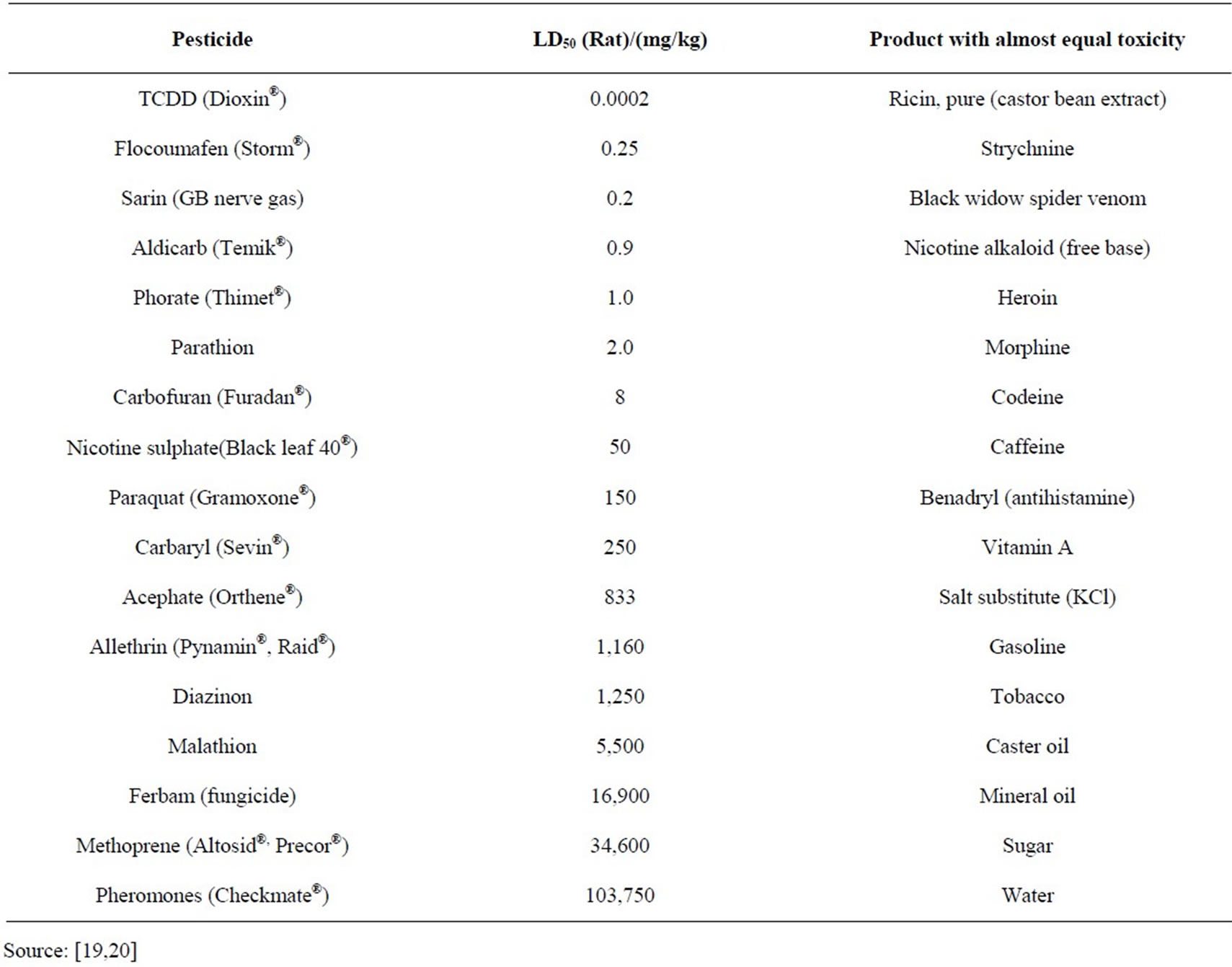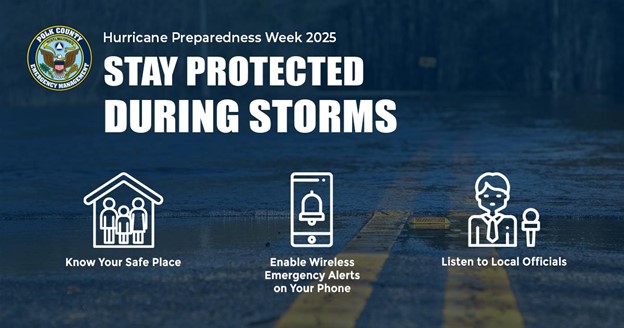Report on Atmospheric Water Generation and its Alignment with Sustainable Development Goals
1.0 Introduction: Addressing Global Water Scarcity
The increasing urgency to secure clean water sources, exacerbated by the impacts of climate change, necessitates innovative solutions. Atmospheric Water Generation (AWG) technology presents a viable method for producing potable water directly from ambient air, thereby offering an alternative to conventional ground and surface water extraction. This report analyzes the AWG technology developed by the company Beyond Water, with a significant focus on its contributions to the United Nations Sustainable Development Goals (SDGs).
2.0 Technological Process and Application
The AWG system is described as an innovative and highly adaptable process. Its operational framework can be summarized as follows:
- Moisture is extracted directly from the surrounding atmosphere.
- A highly advanced purification and filtration system processes the collected moisture.
- The purified moisture is converted into safe, potable drinking water.
The technology demonstrates significant versatility, with applications ranging from large-scale government projects addressing national water scarcity to individual household use.
3.0 Alignment with Sustainable Development Goals (SDGs)
The implementation of AWG technology directly supports the achievement of several interconnected SDGs.
-
SDG 6: Clean Water and Sanitation
The primary function of the technology is to generate clean drinking water, directly addressing Target 6.1, which aims for universal and equitable access to safe and affordable drinking water. It provides a decentralized and resilient water source, crucial for communities with stressed or non-existent water infrastructure.
-
SDG 13: Climate Action
AWG serves as a critical adaptation strategy for climate change, which threatens traditional water supplies. Furthermore, the process is reported to have the potential to be carbon-negative, contributing to climate mitigation efforts and supporting the goals of SDG 13.
-
SDG 11: Sustainable Cities and Communities & SDG 3: Good Health and Well-being
The technology enhances urban and community resilience (Target 11.5) by ensuring water availability during disasters or infrastructure failures. This is particularly vital for critical facilities like hospitals and emergency response centers, thereby supporting public health and well-being (SDG 3).
-
SDG 12: Responsible Consumption and Production & SDG 14: Life Below Water
By providing a localized source of drinking water, AWG reduces the dependency on bottled water. This contributes significantly to:
- Reducing plastic waste, a key component of Target 12.5.
- Mitigating the disastrous environmental impact of plastic bottle manufacturing plants.
- Supporting ocean conservation (SDG 14) by decreasing a major source of marine pollution.
-
SDG 16: Peace, Justice and Strong Institutions
Water scarcity is a recognized driver of instability, conflict, and forced migration. By providing a secure and reliable water source, AWG technology can act as a stabilizing force, mitigating resource-driven conflicts and contributing to more peaceful and stable societies.
4.0 Economic and Strategic Considerations
- Cost-Effectiveness: The production cost is reported to be mere pennies per liter, presenting a more economical alternative to energy-intensive processes like desalination.
- Energy Consumption: While all water production requires energy, this process is positioned as a more sustainable and potentially carbon-negative option.
- Strategic Implementation: Regions like Florida are identified as ideal locations for spearheading AWG facilities, citing a receptive private sector and available land.
5.0 Conclusion
Atmospheric Water Generation technology, as detailed by Beyond Water, represents a “force multiplier” for sustainable development. It addresses the existential threat of water scarcity while simultaneously advancing goals related to climate action, environmental protection, public health, and global stability. Its deployment is a critical step toward building a resilient and water-secure future in alignment with the 2030 Agenda for Sustainable Development.
1. Which SDGs are addressed or connected to the issues highlighted in the article?
- SDG 6: Clean Water and Sanitation
- SDG 9: Industry, Innovation and Infrastructure
- SDG 11: Sustainable Cities and Communities
- SDG 12: Responsible Consumption and Production
- SDG 13: Climate Action
- SDG 14: Life Below Water
2. What specific targets under those SDGs can be identified based on the article’s content?
-
SDG 6: Clean Water and Sanitation
-
Target 6.1: By 2030, achieve universal and equitable access to safe and affordable drinking water for all.
The article directly addresses this target by introducing Atmospheric Water Generation as a solution to “the lack of clean water” and “water scarcity.” The technology is designed to produce “potable drinking water” that is affordable, costing “pennies per liter.” -
Target 6.4: By 2030, substantially increase water-use efficiency across all sectors and ensure sustainable withdrawals and supply of freshwater to address water scarcity.
The article highlights the technology’s ability to generate water “directly from the atmosphere,” providing a new source of freshwater that does not rely on traditional “above or below ground” sources. This represents a sustainable supply method to combat the “existential threat that lack of water, or fresh water, will have.”
-
Target 6.1: By 2030, achieve universal and equitable access to safe and affordable drinking water for all.
-
SDG 9: Industry, Innovation and Infrastructure
-
Target 9.4: By 2030, upgrade infrastructure and retrofit industries to make them sustainable, with increased resource-use efficiency and greater adoption of clean and environmentally sound technologies and industrial processes.
The article describes Atmospheric Water Generation as an “innovative and adaptable” technology that is “more sustainable than traditional sources.” It mentions that the process “can be carbon negative,” which points to the adoption of clean and environmentally sound technology.
-
Target 9.4: By 2030, upgrade infrastructure and retrofit industries to make them sustainable, with increased resource-use efficiency and greater adoption of clean and environmentally sound technologies and industrial processes.
-
SDG 11: Sustainable Cities and Communities
-
Target 11.5: By 2030, significantly reduce the number of deaths and the number of people affected and substantially decrease the direct economic losses relative to global gross domestic product caused by disasters, including water-related disasters.
The article explains that this technology could “supply reliable water in places with infrastructure disruptions during a disaster, such as a hospital or Red Cross center.” This directly supports building resilience against disasters by ensuring a critical resource remains available.
-
Target 11.5: By 2030, significantly reduce the number of deaths and the number of people affected and substantially decrease the direct economic losses relative to global gross domestic product caused by disasters, including water-related disasters.
-
SDG 12: Responsible Consumption and Production
-
Target 12.5: By 2030, substantially reduce waste generation through prevention, reduction, recycling and reuse.
The article states that the technology “takes plastic out of the equation” by providing an alternative to bottled water. This directly contributes to the prevention and reduction of plastic waste associated with water consumption.
-
Target 12.5: By 2030, substantially reduce waste generation through prevention, reduction, recycling and reuse.
-
SDG 13: Climate Action
-
Target 13.1: Strengthen resilience and adaptive capacity to climate-related hazards and natural disasters in all countries.
The article positions the technology as a response to the threat of “climate change” and its consequences, such as “drought, there’s instability, there’s conflict, there’s migration.” By providing a climate-independent water source, it strengthens resilience to climate-related hazards.
-
Target 13.1: Strengthen resilience and adaptive capacity to climate-related hazards and natural disasters in all countries.
-
SDG 14: Life Below Water
-
Target 14.1: By 2025, prevent and significantly reduce marine pollution of all kinds, in particular from land-based activities, including marine debris.
By eliminating the need for bottled water, the technology helps reduce plastic waste, a major source of marine pollution. The article explicitly mentions “ocean conservation” as a benefit of the system.
-
Target 14.1: By 2025, prevent and significantly reduce marine pollution of all kinds, in particular from land-based activities, including marine debris.
3. Are there any indicators mentioned or implied in the article that can be used to measure progress towards the identified targets?
-
Target 6.1 (Access to safe and affordable drinking water)
-
Implied Indicator: Proportion of population using safely managed drinking water services.
The article’s focus on producing “potable drinking water” implies that progress can be measured by the number of people or households gaining access to this safe water source. -
Implied Indicator: Affordability of water.
The article explicitly states the water “only costs pennies per liter,” which is a direct measure of its affordability, a key component of this target.
-
Implied Indicator: Proportion of population using safely managed drinking water services.
-
Target 9.4 (Sustainable and clean technologies)
-
Implied Indicator (related to 9.4.1): CO2 emission per unit of value added.
The claim that the process “can be carbon negative” directly relates to measuring CO2 emissions. Progress would be measured by the reduction in carbon emissions compared to traditional water production methods.
-
Implied Indicator (related to 9.4.1): CO2 emission per unit of value added.
-
Target 12.5 (Waste reduction)
-
Implied Indicator (related to 12.5.1): National recycling rate, tons of material recycled.
The statement that the technology “takes plastic out of the equation” implies a measurable reduction in plastic waste generation from single-use water bottles. Progress can be tracked by a decrease in plastic bottle waste in areas where the technology is adopted.
-
Implied Indicator (related to 12.5.1): National recycling rate, tons of material recycled.
-
Target 14.1 (Reduce marine pollution)
-
Implied Indicator (related to 14.1.1): Index of Coastal Eutrophication and floating plastic debris density.
The benefit of “ocean conservation” by reducing plastic waste implies that progress can be measured by a reduction in plastic debris found in marine environments.
-
Implied Indicator (related to 14.1.1): Index of Coastal Eutrophication and floating plastic debris density.
4. Table of SDGs, Targets, and Indicators
| SDGs | Targets | Indicators (Mentioned or Implied in Article) |
|---|---|---|
| SDG 6: Clean Water and Sanitation | 6.1: Achieve universal and equitable access to safe and affordable drinking water for all. | Provision of “potable drinking water”; Cost of water (“pennies per liter”). |
| SDG 9: Industry, Innovation and Infrastructure | 9.4: Upgrade infrastructure and retrofit industries to make them sustainable…with greater adoption of clean and environmentally sound technologies. | Energy efficiency of the process (“can be carbon negative”). |
| SDG 11: Sustainable Cities and Communities | 11.5: Significantly reduce the number of people affected by disasters, including water-related disasters. | Ability to “supply reliable water in places with infrastructure disruptions during a disaster.” |
| SDG 12: Responsible Consumption and Production | 12.5: Substantially reduce waste generation through prevention, reduction, recycling and reuse. | Reduction of plastic waste (“takes plastic out of the equation”). |
| SDG 13: Climate Action | 13.1: Strengthen resilience and adaptive capacity to climate-related hazards and natural disasters. | Providing a water source independent of climate threats like “drought.” |
| SDG 14: Life Below Water | 14.1: Prevent and significantly reduce marine pollution of all kinds, in particular from land-based activities. | Contribution to “ocean conservation” by reducing plastic bottle waste. |
Source: wmnf.org







